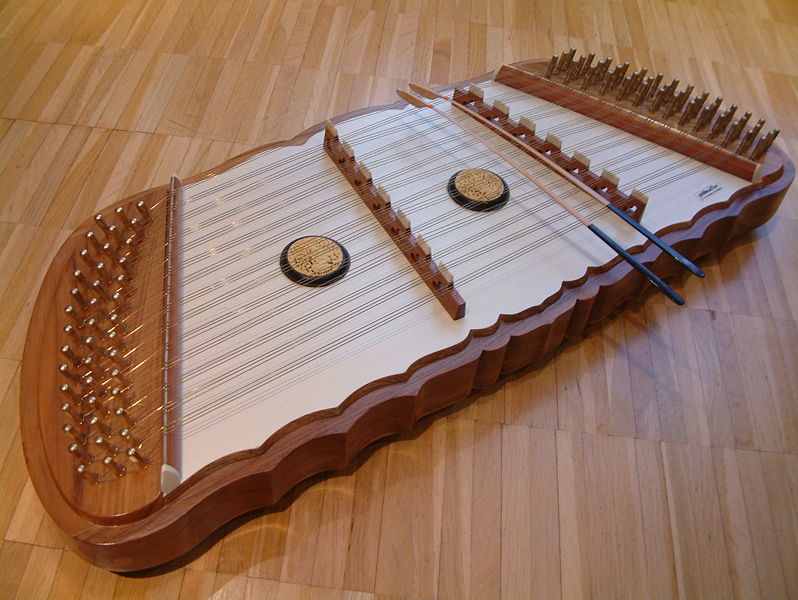After spending most of yesterday catching up on blogs, Facebook posts, twitter and linked in, I began to wonder if it was worth it and how I would I would measure the value (in academic terms) of my day. First of all I should note that the day was a pleasant one, with a few good articles uncovered, a joke or three, time wasted trying to find closed articles mentioned in open repositories, a few new slides for upcoming keynotes, updates on a number of colleagues, some interesting conference to keep in mind and a great of peripheral knowledge that I have no idea if it will ever have any use. But was it worth it??
Like most academics, I’m evaluated annually based on three expectations:
1. publishing peer reviewed articles – how many depends on the discipline and the institution, but a quick scan of my CV shows 53 articles in 11 years or more than 4 a year. Throwing book chapters and full books in adds more brownie points.
2. Teaching – At Athabasca in our graduate program the normal load is only 3 semester courses per year, so I get off quite lightly. We do however have many MEd and EdD students to supervise. The quality of the courses and my teaching is not assessed very rigorously- as long as there are no students pounding on the Dean’s door.
‘3. Service – a large number of activities falls under this criteria, but certainly suffering through administrative and academic committees meetings within the university counts, as well as public service activities. Fortunately at Athabasca, most meetings in our “distributed workplace” are help online or on telephone, so I shameless multi-tasked through many meetings.
The relative weight of each of these three is both arguable and varies at different institutions. But most Canadian universities seem to be weighted around 40/40/20%.
Now how did my net activities relate to these measurable outcomes? Certainly one can make a note in one’s annual report about how many blog posts you have posted, how many Twitter followers you have engaged and if your how many hits on your presentations in Slideshare or YouTube – but these don’t count for much in themselves. And worse, they may be seen by faculty evaluation committees (especially those members who do not have a significant Net presence) as a waste of academic time.
I did bump into articles that were recommended on Twitter – I think for three of them I downloaded the citation into my reference manager- hopefully for appearance in future articles. Thus, some potential benefit to my publishing work for this year. I also tweeted and blogged, and copied the URLs into a research course that I am continuously updating -teaching work. And finally my tweets and posts are bringing some limited fame and acknowledgement to Athabasca University and the Centre for Distance Education where I work- public service. But pretty hard to make direct measurements of these activities on the ‘big three’ listed above.
Finally I had an interesting discussion with a colleague yesterday, musing about this issue and heard the very familiar complaint that he can hardly keep up with email and just doesn’t have time or interest in more net activities – reading or writing. Unless of course, he gets a filtered recommendation on something from myself or other colleagues.
So, today I am wondering how the question of how much effect does Net presence and activity have on academic careers could be empirically resolved. Of course, it isn’t very likely that a control group, longitudinal experiment could be done, so one would likely have to settled for correlational data. But what data counts – Number of posts? number of followers? Number of “retweets”? and what would be the dependent variables- time to promotion to tenure and/or full professor, number of keynote and invited presentations?, number of articles pushed? number of citations or H-index from Google Scholar? Probably the H-index would be easiest, but there are many questions about Google Scholar- none of which are resolved by the lack of transparency in the way items get counted.
I can certainly think of super-star academics (- in our field George Siemens, Grainne Conole, Tony Bates, Steve Wheeler and dana boyd come mind) – who have good academic ratings and are very active on a number of platforms. But I can think of an equal number of strong academics (Randy Garrison, Manuel Castells, Michael Moore and Phil Abrami) who to my knowledge have no or very limited net presence. Looking at the names I’ve listed I see there MAY be a small correlation with age, but certainly there are many exceptions.
So let me throw this out to researchers on the net. How do you measure the value of net presence on academic career success?
Hmmm, I wonder what the academic value of this musing has been.









